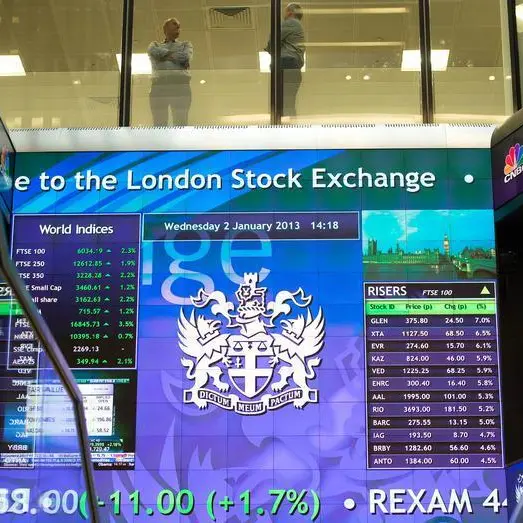PHOTO
NEW YORK - U.S. Treasury yields slid in choppy trading on Wednesday, tracking losses on Wall Street, after poor U.S. housing data added to growing slowdown concerns as a result of aggressive monetary tightening by the Federal Reserve.
That said, a steep path for U.S. interest rates remained the prevailing market consensus. U.S. benchmark 10-year yields hit one-week highs of 3.015% amid ultra-hawkish comments from Fed Chair Jerome Powell on Tuesday. But the yield fell below 3% after a soft U.S. housing starts number. Powell said on Tuesday the Fed would push interest rates as high as needed to stem a surge in inflation that he said threatened the foundation of the economy.
"If that involves moving past broadly understood levels of 'neutral' we won't hesitate to do that," Powell said at a Wall Street Journal event, referring to the rate at which economic activity is neither stimulated nor constrained. Jim Vogel, in a research note on Wednesday, wrote that the Fed Chair is using interviews to get across a "tough, inflation fighting profile."
Powell's reminders about inflation "did not change 2022 expectations for policy yesterday." Instead, they "accelerated implied increases in 2023 and extended them throughout next year." Interest rate futures have priced in a fed funds rate of 2.82% at the end of this year, and nearly 200 basis points in cumulative hikes.
The fall in U.S. housing starts and building permits amid rising mortgage rates pressured Treasury yields as stocks fell. Housing starts slipped 0.2% to a seasonally adjusted annual rate of 1.724 million units last month, while the data for March was revised lower to a rate of 1.728 million units from the previously reported 1.793 million units. At the same time, permits for future homebuilding dropped 3.2% to a rate of 1.819 million units.
"We see significant further downside for housing demand and for single-family building, confirmed by last week's sharp decline in mortgage purchase applications," said Jefferies in a research note whose contributors included chief economist Aneta Markowska. "It's doubtful that the multi-family sector will be able to fully offset those projected declines. Net, it's still likely that overall housing starts will drift lower in the next three to six months."
In midmorning trading, 10-year yields slipped less than 2 basis points to 2.947, while the 30-year bond yield was down 2.6 basis points at 3.138%. On the front end of the curve, U.S. two-year yields, which are sensitive to Fed rate expectations, were down less than a basis point at 2.696%.
The yield curve has further flattened, with the spread between U.S. two- and 10-year yields narrowing to 25.4 basis points.
(Reporting by Gertrude Chavez-Dreyfuss; editing by Jonathan Oatis)












